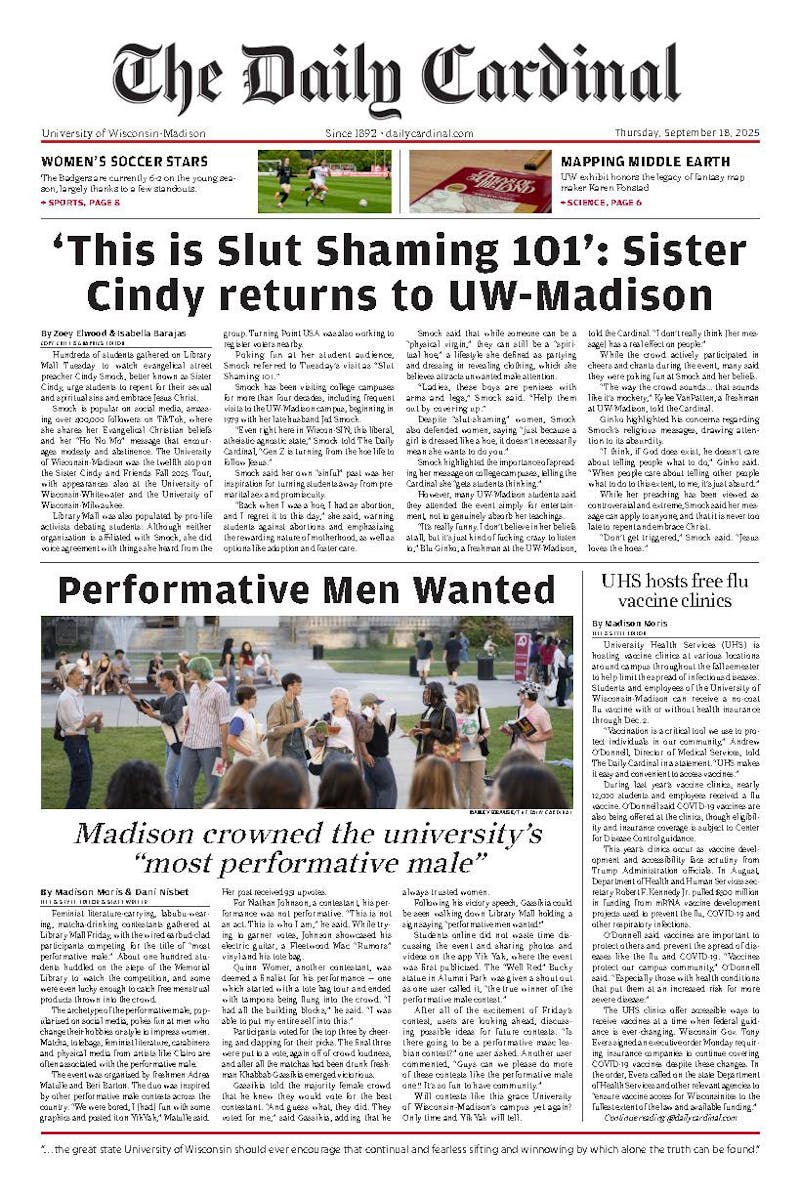They say April power brings May… I don’t know. The first month of baseball is in the books, and what a month it was. The season is just about one sixth of the way through, and a window for key fantasy decisions has been opened. Roster moves over the next month or two have the potential to completely alter your trajectory, so it’s time to be very particular with regards to player evaluations.
The key to judging fantasy talent is to consider the future potential of a player rather than his past production. Human decision makers usually struggle with this, as descriptive statistics are more prevalent and easier to understand than prescriptive or predictive ones. The good news is, as we turn the calendar from April to May, we can also start to turn our attention to 2017 statistics, instead of only ones from prior seasons. But deciding which statistics to consider and which to ignore is paramount to effective managing. Fangraphs.com is here to help. Take advantage.
Now that many batters have had over 100 plate appearances and 191 have reached the threshold of 70, it’s time to start placing some trust in hitter’s strikeout and walk rates. It can be a mistake to project a player’s April plate discipline metrics throughout the whole season, but we can take them as a fair measure of what has happened so far. Any player with a high strikeout rate (above 25%) and low walk rate (below 10%) as well as with a high batting average is a good sell high candidate, especially if their prior track record doesn’t support it. Wil Myers finished April at 28.8% and 1.8%, meaning his .318 average likely won’t last. He should still be a useful fantasy player in most formats, but if another owner thinks he will keep his average up, it’s a golden opportunity to rip them off in a trade.
Another player who is a sell-high candidate is Ervin Santana. At the end of April his 6.69 strikeouts per nine innings and 2.57 walks per nine innings don’t support his sub-1 ERA. Fantasy players are likely to drool over his ERA and his 4-0 record, but he is probably due to have an earned run average between three and four from here on out. Trade him as soon as possible, ideally before his next start.
Santana represents a good opportunity to debunk the “law of averages” myth. When I suggest his ERA should be in the 3s, I am not saying that he will finish with that mark, but rather that he is more likely to pitch to a mid-3 ERA going forward. He may finish with a pretty ERA due to the hot start, but his skills suggest he’s fairly average. He’s bound to regress a bit so now that you’ve gotten some value from him, trade him and enjoy the benefits.
Conversely, buy-low candidates are those with higher walk rates and lower strikeout rates. Carlos Gonzalez is a good example of a player with these credentials, as his plate discipline looks as good as ever and he has a track record of fantasy relevance. On the mound, players like Lance McCullers Jr., Carlos Martinez and Adam Wainwright have better strikeout-walk peripherals than their ERA's suggest. When buying low, making your intentions too obvious can hinder your aspirations. The same goes for trading away overachievers. Requesting especially unfair trades before the ones you expect to work is useful, as it makes eventual deals seem more attractive, and you may get lucky with the first offer.
Studying extreme strikeout and walk measures can aid your transactions, but they aren’t all telling. Looking at other stats at this point is risky, however. Ignore things like wins, saves and RBIs. Even home run rates, batting average and ERA contain much noise. Considering a player’s stolen base tendencies thus far and their role in the lineup can be telling for counting stats. Remember to always keep league size and scoring settings in mind when making decisions.
Three weeks ago my column said Sandy Leon couldn’t maintain a .400 batting average while he was one of the most added players. He has hit .059 since then. I also wrote that Byron Buxton would not continue to strike out in 50% of plate appearances. Since then, he has whiffed in about 32% of them. Sure, those were easy predictions, but hopefully my commentary is at least more trustworthy than Dylan Bundy’s 1.65 ERA (hint, hint).
Have questions about what to do with injured or suspended players? Prospects? Email Dylan at dylananderson100@gmail.com.






